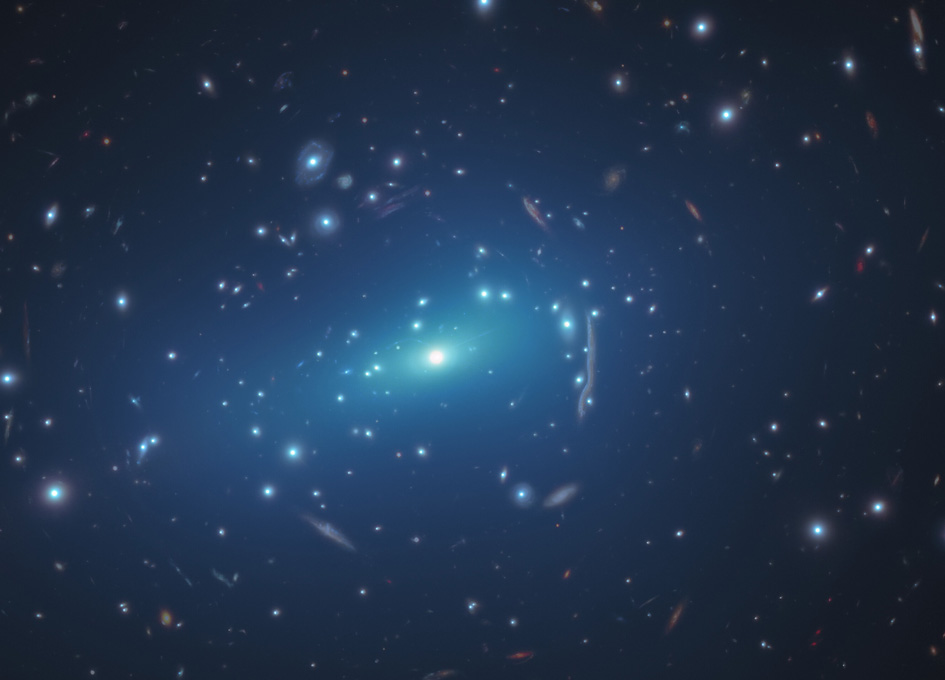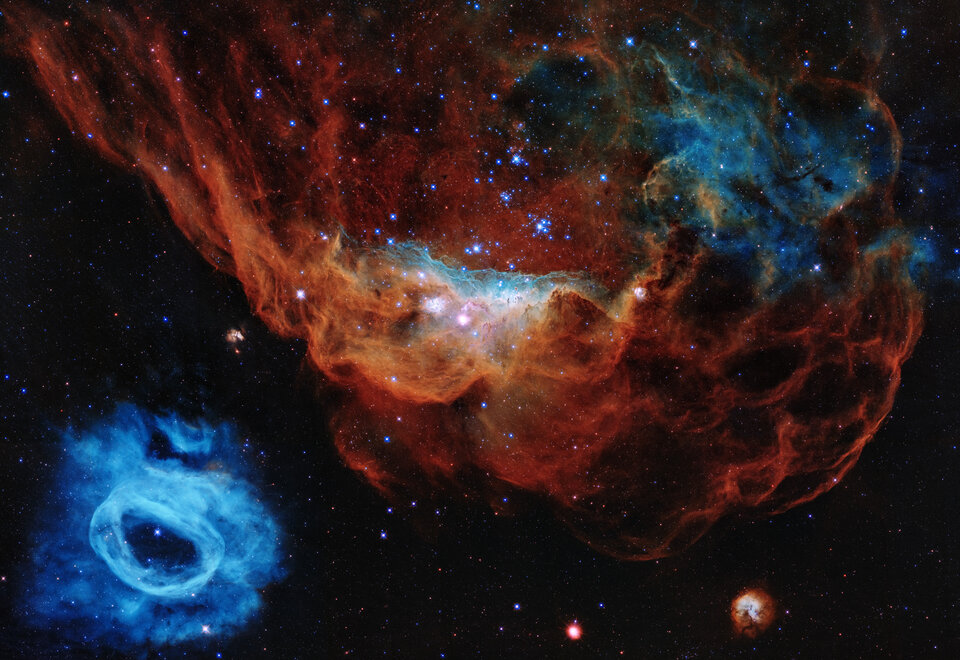Blog
William Smith Monroe (/mənˈroʊ/; September 13, 1911 – September 9, 1996) was an American mandolinist, singer, and songwriter, who created the style of music known as bluegrass. Because of this, he is often called the “Father of Bluegrass“.
The genre takes its name from his band, the Blue Grass Boys, who named their group for the Kentucky bluegrass of Monroe’s home state of Kentucky. Monroe’s performing career spanned 69 years as a singer, instrumentalist, composer and bandleader.
Monroe was born on his family’s farm near Rosine, Kentucky, the youngest of eight children of James Buchanan “Buck” and Malissa (Vandiver) Monroe. His mother and her brother, Pendleton “Pen” Vandiver, were both musically talented, and Monroe and his family grew up playing and singing at home. Bill was of Scottish and English heritage. Because his older brothers Birch and Charlie already played the fiddle and guitar, Bill Monroe was resigned to playing the less desirable mandolin. He recalled that his brothers insisted he should remove four of the mandolin’s eight strings so he would not play too loudly.
more...Arnold Schoenberg or Schönberg (/ˈʃɜːrnbɜːrɡ/, US also /ˈʃoʊn-/; German: [ˈʃøːnbɛɐ̯k] (![]() listen); 13 September 1874 – 13 July 1951) was an Austrian-born composer, music theorist, teacher, writer, and painter. He is widely considered one of the most influential composers of the 20th century. He was associated with the expressionist movement in German poetry and art, and leader of the Second Viennese School. With the rise of the Nazi Party, Schoenberg’s works were labeled degenerate music, because they were modernist and atonal. He emigrated to the United States in 1933, becoming an American citizen in 1941.
listen); 13 September 1874 – 13 July 1951) was an Austrian-born composer, music theorist, teacher, writer, and painter. He is widely considered one of the most influential composers of the 20th century. He was associated with the expressionist movement in German poetry and art, and leader of the Second Viennese School. With the rise of the Nazi Party, Schoenberg’s works were labeled degenerate music, because they were modernist and atonal. He emigrated to the United States in 1933, becoming an American citizen in 1941.
Schoenberg’s approach, bοth in terms of harmony and development, has shaped much of the 20th-century musical thought. Many European and American composers from at least three generations have consciously extended his thinking, whereas others have passionately reacted against it.
Schoenberg was known early in his career for simultaneously extending the traditionally opposed German Romantic styles of Brahms and Wagner. Later, his name would come to personify innovations in atonality (although Schoenberg himself detested that term) that would become the most polemical feature of 20th-century art music. In the 1920s, Schoenberg developed the twelve-tone technique, an influential compositional method of manipulating an ordered series of all twelve notes in the chromatic scale. He also coined the term developing variation and was the first modern composer to embrace ways of developing motifs without resorting to the dominance of a centralized melodic idea.
more...KINGSTON, Jamaica — Legendary reggae singer Frederick “Toots” Hibbert died at the University Hospital of the West Indies in St Andrew on Friday evening. He was 77.
The singer had been admitted at the hospital last week Monday and was in a medically induced coma.
Claude Mills, Hibbert’s publicist, confirmed the singer’s passing.
“Jamaica has lost a great cultural icon. The soul of an age has died,” he told OBSERVER ONLINE.
“The family is asking for privacy at this time as they are going through a very difficult period. Toots was the patriarch of the family. He was everything to his family. I spoke to his daughter, Jenieve Bailey, who confirmed that her father had indeed passed this evening,” he continued.
Hibbert was one of the 10 finalists in the recently concluded Jamaica Festival Song Competition — a contest he won three times.
He recently released his latest album, Got To Be Tough, on August 28.
Formed in the 1960s, his band Toots and the Maytals helped popularise reggae music. The group’s 1968 single Do The Reggay was the first song to use the word “reggae” naming the genre and introducing it to a global audience.
The group’s popular songs include Monkey Man, Sweet And Dandy, Bam Bam, and Pomps And Pride.
In 2005, the group won the Grammy Award for Best Reggae Album with True Love. Seven years later, he was awarded an Order of Distinction for his contribution to Jamaica’s music.
In December 2019, he received a Jamaica Observer Entertainment Award for his efforts in taking reggae global.
more...This NASA/ESA Hubble Space Telescope image shows the massive galaxy cluster MACSJ 1206. Embedded within the cluster are the distorted images of distant background galaxies, seen as arcs and smeared features. These distortions are caused by the dark matter in the cluster, whose gravity bends and magnifies the light from faraway galaxies, an effect called gravitational lensing. This phenomenon allows astronomers to study remote galaxies that would otherwise be too faint to see. Overlaid on the image are small-scale concentrations of dark matter (represented in this artist’s impression in blue). Dark matter is the invisible glue that keeps stars bound together inside a galaxy and makes up the bulk of the matter in the Universe. These blue halos reflect how the galaxy cluster’s dark matter is distributed, revealed by new results from the Hubble Space Telescope. This was accomplished by a team of astronomers by measuring the amount of gravitational lensing. Credit: NASA, ESA, G. Caminha (University of Groningen), M. Meneghetti (Observatory of Astrophysics and Space Science of Bologna), P. Natarajan (Yale University), the CLASH team, and M. Kornmesser (ESA/Hubble)

Neil Ellwood Peart OC (/pɪərt/; September 12, 1952 – January 7, 2020) was a Canadian musician, songwriter, and author, best known as the drummer and primary lyricist of the rock band Rush. Peart earned numerous awards for his musical performances, including an induction into the Modern Drummer Readers Poll Hall of Fame in 1983, making him the youngest person ever so honoured. His drumming was renowned for its technical proficiency and his live performances for their exacting nature and stamina.
Peart was born in Hamilton, Ontario, and grew up in Port Dalhousie (now part of St. Catharines). During adolescence, he floated between regional bands in pursuit of a career as a full-time drummer. After a discouraging stint in England to concentrate on his music, Peart returned home, where he joined Rush, a Toronto band, in mid-1974, six years after its formation. They released nineteen studio albums, with ten exceeding a million copies sold in the United States. Billboard ranks the band third for the “most consecutive gold or platinum albums by a rock band”. Early in his career, Peart’s performance style was deeply rooted in hard rock. He drew most of his inspiration from drummers such as Keith Moon, Ginger Baker, and John Bonham, players who were at the forefront of the British hard rock scene. As time passed, he began to emulate jazz and big bandmusicians Gene Krupa and Buddy Rich. In 1994, Peart became a friend and pupil of jazz instructor Freddie Gruber. It was during this time that Peart decided to revamp his playing style by incorporating jazz and swing components.
In addition to serving as Rush’s primary lyricist, Peart published several memoirs about his travels. His lyrics for Rush addressed universal themes and diverse subjects including science fiction, fantasy, and philosophy, as well as secular, humanitarian, and libertarian themes. Peart wrote a total of seven nonfiction books focused on his travels and personal stories.
On December 7, 2015, Peart announced his retirement from music in an interview with Drumhead Magazine, though bandmate Geddy Leeinsisted Peart was quoted out of context, and suggested Peart was “simply taking a break”. However, in January 2018, bandmate Alex Lifesonconfirmed that Rush was retiring due to Peart’s health issues. During his last years Peart lived in Santa Monica, California with his wife, Carrie Nuttall, and daughter. After a three and a half year illness, Peart died of glioblastoma on January 7, 2020, at age 67.
more...Maria Muldaur (born September 12, 1943) is an American folk and blues singer who was part of the American folk music revival in the early 1960s. She recorded the 1973 hit song “Midnight at the Oasis” and continues to record albums in the folk traditions. She was the wife of musician Geoff Muldaur and is the mother of singer-songwriter Jenni Muldaur. Muldaur was born Maria Grazia Rosa Domenica D’Amato in Greenwich Village, New York City, where she attended Hunter College High School. Muldaur began her career in the early 1960s as Maria D’Amato, performing with John Sebastian, David Grisman, and Stefan Grossman as a member of the Even Dozen Jug Band. She then joined Jim Kweskin & the Jug Band as a featured vocalist and occasional violinist. During this time, she was part of the Greenwich Village scene that included Bob Dylan, and some of her recollections of the period, particularly with respect to Dylan, appear in Martin Scorsese‘s 2005 documentary film No Direction Home.
more...“Papa” John DeFrancesco (born September 12, 1940 Philadelphia, PA) is an American jazz organist and vocalist, and father of Joey DeFrancesco and Johnny DeFrancesco.
more...William Alonzo “Cat” Anderson (September 12, 1916 – April 29, 1981) was an American jazz trumpeter known for his long period as a member of Duke Ellington‘s orchestra and for his wide range, especially his ability to play in the altissimo register.
Born in Greenville, South Carolina, Anderson lost both parents when he was four years old, and was sent to live at the Jenkins Orphanage in Charleston, where he learned to play trumpet. Classmates gave him the nickname “Cat” (which he used all his life) based on his fighting style. He toured and made his first recording with the Carolina Cotton Pickers, a small group based at the orphanage. After leaving the Cotton Pickers, Anderson played with guitarist Hartley Toots, Claude Hopkins‘ big band, Doc Wheeler’s Sunset Orchestra (1938–1942), with whom he also recorded, Lucky Millinder, the Erskine Hawkins Orchestra, Sabby Lewis‘s Orchestra, and Lionel Hampton, with whom he recorded the classic “Flying Home No. 2”.
more...The portrait features the giant nebula NGC 2014 and its neighbour NGC 2020 which together form part of a vast star-forming region in the Large Magellanic Cloud, a satellite galaxy of the Milky Way, approximately 163 000 light-years away. The image is nicknamed the ‘Cosmic Reef’ because it resembles an undersea world. This image is one of the most photogenic examples of the many turbulent stellar nurseries the NASA/ESA Hubble Space Telescope has observed during its 30-year lifetime. The portrait features the giant nebula NGC 2014 and its neighbour NGC 2020 which together form part of a vast star-forming region in the Large Magellanic Cloud, a satellite galaxy of the Milky Way, approximately 163 000 light-years away.

Victor Lemonte Wooten (born September 11, 1964) is an American bassist, record producer, educator, and recipient of five Grammy Awards. He has been the bassist for Béla Fleck and the Flecktones since the group’s formation in 1988 and a member of the band SMV with two other bassists, Stanley Clarke and Marcus Miller. Since 2017 he has played bass for the metal band Nitro.
He owns Vix Records which releases his albums. He wrote the novel The Music Lesson: A Spiritual Search for Growth Through Music.
Wooten has won the Bass Player of the Year award from Bass Player magazine three times and is the first person to win the award more than once. In 2011, he was ranked No. 10 in the Top 10 Bassists of All Time by Rolling Stone magazine.
Born to Dorothy and Elijah Wooten, Victor is the youngest of the five Wooten Brothers; Regi, Roy, Rudy and Joseph Wooten, all of whom are musicians. Regi began to teach Victor to play bass when he was two, and by the age of six, he was performing with his brothers in their family band, The Wooten Brothers Band. As a United States Air Force family, they moved often when Wooten was young. The family settled in Newport News, Virginiain 1972. Wooten graduated from Denbigh High School in 1982. While in high school, he and his brothers played in the country music venue at Busch Gardens theme park in Williamsburg, Virginia. In 1987, he traveled to Nashville, Tennessee, to visit friends that he made at the theme park. One of them was a studio engineer who introduced him to Béla Fleck, with whom he has often collaborated.
more...Mickey Hart (born Michael Steven Hartman, September 11, 1943) is an American percussionist and musicologist. He is best known as one of the two drummers of the rock band Grateful Dead. He was a member of the Grateful Dead from September 1967 until February 1971, and again from October 1974 until their final show in July 1995. He and fellow Dead drummer Bill Kreutzmann earned the nickname “the rhythm devils”.
Michael Steven Hartman was born in Flatbush neighborhood of Brooklyn, New York. He was raised in suburban Inwood, New York by his mother, Leah, a drummer, gown maker and bookkeeper. His father Lenny Hart, a champion rudimental drummer, had abandoned his family when the younger Hart was a toddler. Although Hart (who was hyperactive and not academically inclined) became interested in percussion as a grade school student, his interest intensified after seeing his father’s picture in a newsreel documenting the 1939 World’s Fair. Shortly thereafter, he discovered a practice pad and a pair of snakewood sticks that belonged to his father. “From the age of ten,” he recalled, “all I did was drum.”
https://www.youtube.com/watch?v=3vfRwxB249E
more...Leo Kottke (born September 11, 1945) is an acoustic guitarist. He is known for a fingerpicking style that draws on blues, jazz, and folk music, and for syncopated, polyphonic melodies. He overcame a series of personal obstacles, including partial loss of hearing and a nearly career-ending bout with tendon damage in his right hand, to emerge as a widely recognized master of his instrument. He currently resides in the Minneapolis area with his family.
Focusing primarily on instrumental composition and playing, Kottke also sings sporadically, in an unconventional yet expressive baritone described by himself as sounding like “geese farts on a muggy day”. In concert, Kottke intersperses humorous and often bizarre monologues with vocal and instrumental selections from throughout his career, played solo on 6- and 12-string guitars.
Born in Athens, Georgia, Kottke moved with his parents so frequently that he was raised in twelve different states. As a youth living in Muskogee, Oklahoma, he was influenced by folk and delta blues music, notably that of Mississippi John Hurt. Kottke learned to play trombone and violin before trying the guitar and developing his own unconventional picking style.
more...Oliver Theophilus Jones, OC CQ (born September 11, 1934 in Little Burgundy, Montreal, Quebec) is a Canadian jazz pianist, organist, composer and arranger.
Born to Barbadian parents, Oliver Jones began his career as a pianist at the age of five, studying with Mme Bonner in Little Burgundy’s Union United Church, made famous by Trevor W. Payne‘s Montreal Jubilation Gospel Choir. He continued to develop his talent through his studies with Oscar Peterson‘s sister Daisy Peterson Sweeney starting at eight years old. In addition to performing at Union United Church when he was a child, he also performed a solo novelty act at the Cafe St. Michel as well as other clubs and theaters in the Montreal area. “I had a trick piano act, dancing, doing the splits, playing from underneath the piano, or with a sheet over the keys.”
He started his early touring in Vermont and Quebec with a band called Bandwagon, and in 1953–63 played mainly in the Montreal area, with tours in Quebec.
more...More Posts
- Daily Roots with Ras Tweed
- The Cosmos with M8
- Johnny “Big Moose” Walker Day
- Elmo Hope Day
- Shad Collins Day
- World Music with Eleftheria Arvanitaki
- Daily Roots with Israel Vibration
- The Cosmos with NGC 1187
- Reggie Workman Day
- Big Bill Broonzy Day
- World Music with Very Be Careful
- Daily Roots with Uwe Banton
- The Cosmos with M20
- Joe Chambers Day
- Clifton Chenier Day
- Johnny Smith Day
- World Music with Haig Yazdjian
- Daily Roots with Peter Tosh
- Your Community Band 6-24-18 2pm
- The Cosmos with NGC 7098

